How Deleting Bad Blog Post Content Can Increase Traffic
Published by Kenny Novak • Content Marketing • Posted June 14, 2015 ContentPowered.com
ContentPowered.com
The Internet is pretty old, as far as these things go. There are websites that have been running for half a decade, a decade, or significantly longer. Some of these old sites are growing increasingly concerned with business, marketing, and SEO.
One issue that comes up fairly frequently is the idea of deleting or otherwise removing old blog content. You have a site that’s ten years old, but modern SEO content standards only came about four years ago, with Google’s first Panda update. They’ve only grown more strict as time passes, and anyone who figured they would relax over time has given up that position.
If you’ve researched the issue, you can see posts on both sides of the issue. Hubspot, for example, has a very prominent “five reasons why deleting your blog posts is stupid” article. I’ll get to that in a moment. On the other side, you have people asking the question and giving reasons for both sides of the argument.
I’m going to present my conclusion right off the bat, and let you decide based on the evidence whether you agree with me or not. I think that there is a time and a place for deleting old blog posts, and that it can be a valuable move to make. You can increase your ranking and your traffic in doing so, but only if you do it for the right reasons, and you do it properly. I’ll discuss that as well.
First, though, let’s look at what Hubspot has to say.
Addressing Hubspot’s Concerns
First of all, I’d like to get two things out of the way. One, I think Hubspot’s article is on point. They make valid points, and the fact that I’m about to refute them does not mean I disagree with them. I’m going to make the case that the idea of never deleting blog content is a blanket statement that should have more nuance assigned to it.
Secondly, the post was published in 2011, right around the time Panda happened and people started growing more concerned about their old content. Perhaps their opinions have changed over the last few years. The only reason I’m still addressing the post here is because it’s very prominent, due to Hubspot’s prominence in the industry and the lack of any more modern post on the same topic.
So, on to their concerns. I’m going to summarize their reasoning and then address each point individually. You can read the full text at the link above.
Concern 1:
If you don’t redirect removed content, you lose any SEO benefit you’ve built up from those posts. They use the same argument I have in many posts before; every blog post is an opportunity. It’s a chance for users to find you in search, it’s a chance for links, it’s a landing point for traffic, and so forth.
My refutation here is; what if the old content doesn’t have any of that? A sufficiently old, short, poor blog post might only have one or two links, or a handful of social shares, which are basically worthless. It might not receive more than a few hits monthly, if any at all.
Concern 2:
You lose any inbound links that were pointing at that post. Incoming links, particularly links from high quality, relevant sites, are incredibly important for SEO. They’re probably the most important off-side search factor of all. When you delete a post, those links point at broken pages, and you lose their benefit.
My refutation here is that redirects exist. Sure, you may lose a little bit of link juice from a redirect compared to a direct line to an old post, but that happens all the time in valid site moves and URL structure changes too. Redirects exist for a reason, and willfully ignoring them as a solution to your problem means the relevance of that problem is a lot less than you want it to be. Plus, you can always write a new post about the same topic, only better, to link to.
Concern 3:
You lose the opportunities for lead generation represented by the old content. Hubspot here refers to all old content as evergreen content, which can generate leads and value for months and years after its initial publication.
My refutation here is simple; not all content is evergreen content. Very few people care about, for example, SEO predictions for the year 2010. That content very quickly loses value, and it’s certainly not evergreen. Again, just consider the fact that old posts often have very little or no traffic at all. If you get leads from your old posts, they aren’t really posts you would consider deleting, are they?
Concern 4:
You lose the time you spent creating and promoting that content originally. You paid for it, either in time or in money if you hired writers to write it for you, and by deleting it you lose all that value.
My refutation here is that, no, you didn’t lose the value. At the time, the content was valuable. Value is lost over time. It’s depreciation, the same as happens to anything. Take a car; it loses a bunch of value the moment you drive it off the lot. Just because you paid $40,000 for it doesn’t mean five years later it’s still worth $40,000. Heck, you lose out on all the money you paid to keep it in good repair, too.
The same goes for content. You didn’t lose the value; it was producing and exuding value the whole time it existed. It’s only now, in the present, where the content has depreciated into valueless territory, that you should consider getting rid of it.
To bring back to the car analogy, it’s like if you have a new car and your old car is broken down in the yard. You can leave it there, as an unsightly blemish on the neighborhood, or you can get rid of it. Heck, you can probably sell it for scrap and make a few hundred bucks. Your neighborhood looks better, you get some pocket change, and you get rid of an “asset” that was doing you no good.
Concern 5:
You lose out on the social sharing of old content. Hubspot argues that not all content shared is brand new, and that by removing old content, you remove the chance for that old content to be shared.
My refutation here is that the premise is flawed. When was the last time you saw a post go viral that was older than a few weeks? Heck, when have you ever seen a post more than a year old get a new revitalization in social circulation?
Yes, technically, deleting an old post means that old post won’t be shared. However, how realistic is it to expect that post to be shared again? If you have a detailed resource guide for a piece of software, and it’s still valid after three years, sure, that piece of content is valuable and you shouldn’t delete it. On the other hand, if you have an old 200-word post attempting to predict the date of the next Google algorithm, how valuable is that? Why would anyone share it? You’re not really losing an opportunity, because it’s as likely as winning the lotto.
Only Delete if the Content has No Traffic and Few Links
Hubspot makes a valid argument that you shouldn’t delete old content if that content is still producing value. I fully agree! If people are still visiting old content, that old content is still worth keeping, so don’t delete it.
My argument is that not all old content is valuable content. Imagine a scenario where, six or eight years ago, you ran a blog that tried to hit keywords as broadly as possible. You went to the Google keyword planner and you made a huge list of several thousand keywords you thought would be beneficial to your business if you showed up for them. You went to a content mill like Textbroker or some cheap Fiverr sellers and purchased 300 word blog posts for pennies, scheduled them out and had a blog packed with content.
We know today that there’s not a lot of value to be had in these short posts. More importantly, so does Google. That’s why sites like eHow got demolished when the first wave of Panda happened. Demand Studios, the company behind eHow, fired most of their writers and shut down their content production for over a year as they scrambled to find a solution to that problem. A site that packed on those blog posts but didn’t have the workforce or organization of Demand would have just had to adapt as well as possible.
There are a lot of sites today that have old post histories that are shameful when looked at with modern eyes. It’s like embarrassing family photos from a teenager. Everyone knows that’s how things used to be, but these days it’s not acceptable.
All of that old content hurt your site when Panda was released. The thing is, Panda is not a manual action. You can’t log into Google Webmaster Tools and see “under Panda penalty” in the status screen. It’s just a change to how sites are ranked. Your rank is lower under the new rules, because of your old content.
Many old sites have adapted their new content, but mostly ignored their old content. They left the trail of past mistakes visible, and Google doesn’t forget. They still see that old content, and chances are, they’re still penalizing you for it. Until you clean up the mess, you’ll suffer. That’s how, in my estimation, cleaning up old blog content can improve your search ranking and your traffic.
Auditing Old Content
Old content comes in two varieties; useful and not useful. Valuable and not valuable. Your first step is to implement a content audit, so you can figure out what content falls under what heading.
There are a few things you should look for in your old content. Create a spreadsheet with your content in it. You should have title, word count, number of backlinks, traffic over the last 12 months, and anything else you think is relevant.
- Title you want so you have something to refer to the post.
- Word count you want, because you want to flag anything under 1,000 words. This is a “potentially thin” category.
- Backlinks you want so you know whether to delete, save, improve, or redirect the URL. More on these options later.
- Traffic over the last year you want so you know whether or not the content is still valuable. A piece of content that got 100 backlinks three years ago may pass the backlink test, but if it doesn’t get you any views now, it might not be valuable to keep around.
Anything that has high traffic, keep. It’s obviously valuable to you, so there’s no reason to get rid of it.
Anything that has a high number of backlinks but no traffic, consider improving or redirecting. I’ll have more detailed criteria on which to do in the next section.
Anything that has traffic but no backlinks, put on a schedule for promotion or improvement, so you can encourage those links.
Anything with a word count under 1,000, regardless of links or traffic, consider improving. It can’t hurt to get rid of thin content penalties.
Anything with no links and no traffic, regardless of word count, put on a list for probable deletion.
Dealing with Flagged Content
Once you have performed your content audit, you have a list of blog posts with various flags attached to them. Now you have to decide what to do with them.
The first option, and the one I’m trying to argue is perfectly acceptable in some circumstances, is deleting the old content. Basically, look at it this way. A post that has no traffic is doing you no good in terms of leads and customers. If that post also has no links, it’s doing you no good in terms of link juice. If it’s not high quality content, it’s hurting you from a Panda perspective. There’s literally no reason to save that content. You’re better off deleting it entirely. Google will see that you removed a piece of content they had flagged as valueless, and will give your site a corresponding tiny bump in algorithmic value.
The second option is to improve the content as it exists, where it stands. You can take an old post and add content to it, so it’s more valuable. I only recommend doing this if that piece of content still gets a decent amount of traffic, but it’s too thin to really give people the value you want. This is actually a pretty common occurrence in certain niches, where there’s low competition and a thin post is better than no post at all. You’ll have links and traffic as the best of what’s available, but you could be doing so much better. Identify these resources and turn them into valuable evergreen content.
The third option is to remove the post, but save the data and topic. With the data and topic in hand, write a new post about the same stuff, using the data that’s relevant and adding a modern spin to the post. I typically recommend doing this if the old post has links that you don’t want to save, but it has traffic that you do. When you post the new version, remove the old version, disavow the links you don’t want, and implement a redirect so traffic and the few valid links are directed to the new post.
The fourth option is to leave the post as it is. This will be taken quite often with posts that meet certain criteria. If your old post was valuable at the time, but is not any longer, you might as well keep it. You can link to it from modern posts as an example of old content or data to give it a bit of fresh traffic. You can ignore it; as long as it’s not thin content or actively detrimental, there’s no harm in leaving it where it is. Do this for any post that maintains value but doesn’t really have current traffic.
A fifth option, one that is fairly rare, is to merge pages. This is often done in the cases where you had an old FAQ where ever question and answer was its own page. You can just merge all of the questions and answers into one page and redirect the old URLs to the new FAQ. You can also do this when you had several posts covering the same topic, with mostly the same data and content; pick one to make the primary post, add anything of value from the secondary posts, and redirect the secondary posts to the primary post.
Redirect Visitors to Old Links Properly
I’ve mentioned redirects a lot, and they’re very valuable, but you need to implement them properly. There are a few different kinds of redirects, but there’s one thing you should always know; redirects will kill a little bit of your link juice. That’s just how redirects work. However, it’s better to redirect users from a bad page to a good page than it is to let users view a bad page and think that page is representative of your site as a whole.
Moz has a good guide about SEO-valid redirects, which you can find here. What you mostly need to know, though, is the redirect you want to use is the 301 permanent HTTP redirect. Temporary redirects don’t pass link juice, and script-based redirects are prone to failure. You want to make sure as much traffic is redirected as possible, as well as any SEO value you can save.
Any blog that ran before 2011, as far as I’m concerned, should perform a content audit. For that matter, any blog that has more than two years worth of archive should audit their content. Make sure as much of your site meets modern criteria as possible, so you’re as fit for users as you can be. Google will see this improvement and chances are you’ll get a decent bump in traffic.
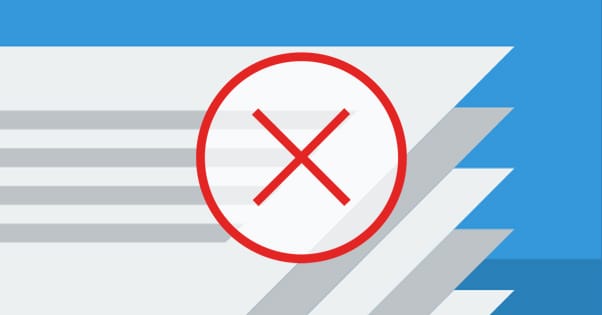
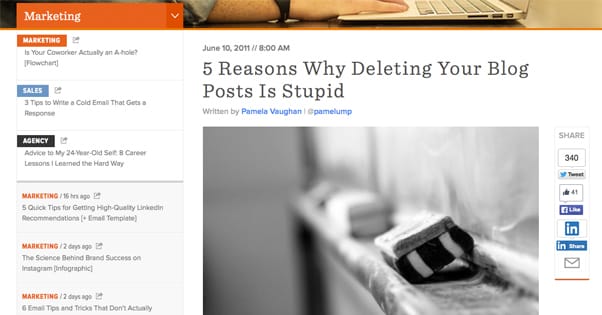
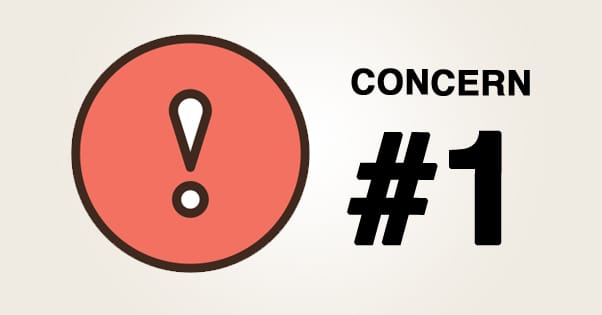
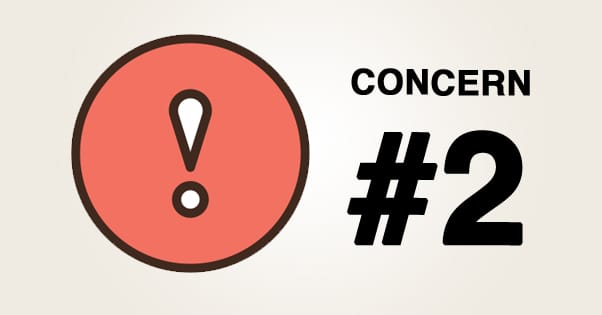
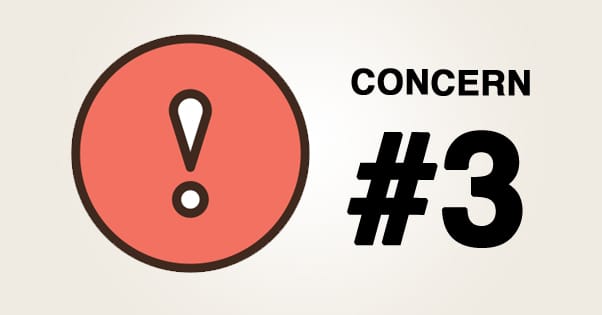
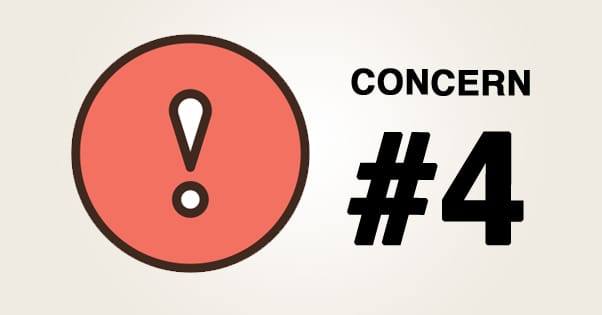
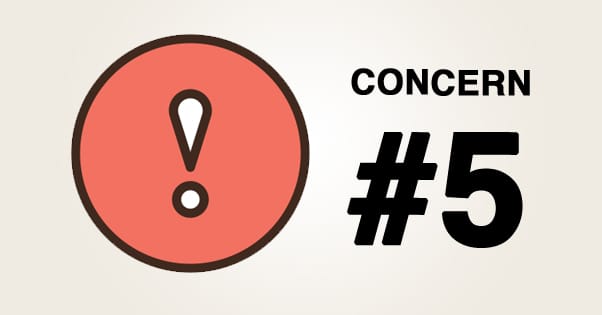
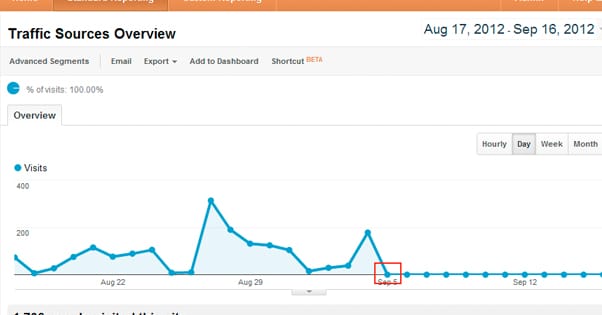
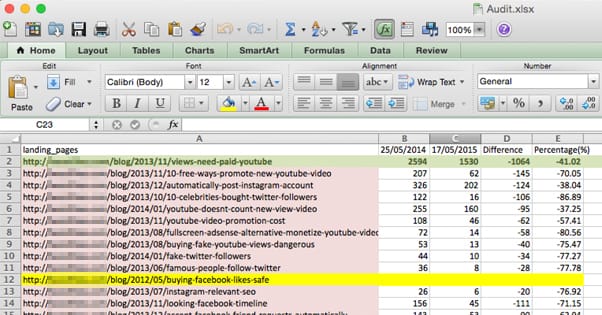

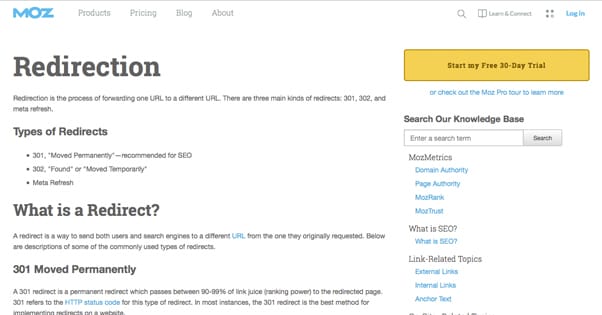





Nice post bro. We have so much crap on our blog, we’re killing all this crap with no links, shares and light content.